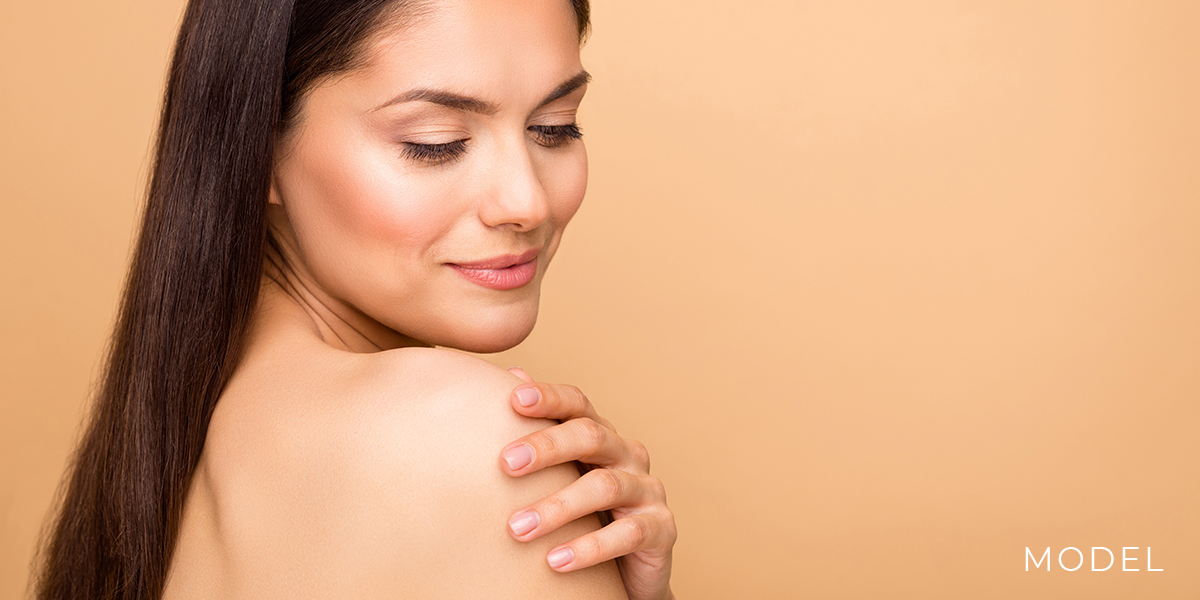 If you have breakouts, itchy rashes, or redness, you may be struggling with a skin condition. Skin conditions are more common than you may think, affecting both men and women of any age.
If you have breakouts, itchy rashes, or redness, you may be struggling with a skin condition. Skin conditions are more common than you may think, affecting both men and women of any age.
Because of their prevalence, it can be helpful to learn more about ten of the most common skin conditions and how to treat them.
1. Acne
Acne is the most common skin condition in the United States. While acne is most often found in teenagers, it can also affect adults. Acne can be caused by several issues, including:
- Blocked hair follicles
- Blocked oil glands
- Hormone fluctuations
- Stress and anxiety
Many people believe that acne refers to raised pimples above the skin, but acne also includes blackheads, cysts, and nodules. These signs of acne are most frequently found on the face but can also appear on the back and chest.
Having your acne treated by a skincare specialist is important for reducing future breakouts and preventing potential scarring. Acne treatments often include topical creams like adapalene and tretinoin.
In more severe cases, an oral medication like isotretinoin or sarecycline may be used. Medicated facial washes can also reduce acne breakouts when used daily.
2. Eczema
Also known as atopic dermatitis, eczema is a common condition affecting both children and adults. Eczema causes severe itching, rashes, and flaky skin lesions. The exact cause of eczema is unknown, but it may be linked to genetics, environmental factors, or an overactive immune response.
Treatment for eczema takes various approaches, depending on the presenting symptoms and their severity. Topical steroids are frequently used to reduce the intensity of symptoms. When applied to the skin daily, these topical treatments can reduce itching and inflammation to help people with eczema feel more comfortable.
3. Hives
Hives refer to the red, raised welts that can appear on the skin after contact with an allergen or other irritant. Hives typically appear in a localized area due to contact with an allergen.
For example, people with allergies to certain foods may experience hives on their faces and hands after eating that food. In some cases, hives can be widespread and cover the entire body.
When hives occur in a localized area, they may resolve on their own or with prompt antihistamine treatment. Widespread hives can indicate a significant allergic reaction that may be accompanied by anaphylaxis. In these cases, emergency medical treatment may be necessary.
4. Psoriasis
Psoriasis is a common skin disease that causes skin cells to multiply and rapidly grow. This can result in itching, rashes, and patches of dry, flaky skin. Psoriasis can occur anywhere on the body but frequently affects the face, arms, knees, and chest.
The exact cause of psoriasis is unknown, but genetics may play a role. Some cases of psoriasis are thought to be a side effect of medication use.
When treating psoriasis, the focus is to minimize scaling and stop excess skin cell growth. This is usually achieved with a combination of topical corticosteroids, retinoids, and salicylic acid. Other treatments include UV light therapy, injectable steroids, and oral steroids.
5. Shingles
Shingles is a virus that causes red, blistered rashes on the skin. It appears most often on the torso but can affect other areas of the body as well. Shingles occurs in people who have previously been infected with chickenpox.
Treatment for shingles includes subcutaneous injections like Zostavax and oral antivirals like Valtrex.
6. Basal Cell Carcinoma
Basal cell carcinoma is a type of skin cancer that grows in the upper basal cells of your skin. Basal cell carcinoma usually results in growths on the head, neck, or back. It is the most common type of skin cancer and the easiest to treat.
These can usually be treated with a small surgical excision.
7. Sunburn
Almost everyone experiences a sunburn at some point in their life. Sunburn occurs when your skin is exposed to UV light for too long without protection, resulting in red, painful skin. This skin may begin to itch and peel several days after the sunburn.
The easiest way to treat sunburn is with topical moisturizers like aloe vera. You can also take oral medications, including NSAIDS, to minimize discomfort. Sunburns will often resolve within a few days.
8. Athlete’s Foot
Athlete’s foot (tinea pedis) refers to a fungal infection that affects the toes and feet. Left untreated, tinea pedis can cause severe itching, redness, and cracked skin. The most effective way to treat tinea pedis is with topical antifungal creams, including clotrimazole and terbinafine.
9. Rosacea
Rosacea is a skin condition that causes chronic swelling and redness of the face. It is often linked to immune system issues and exposure to certain environmental factors. Rosacea is most often found in women over 30 but can affect anyone at any age.
Treating rosacea depends on the symptoms and how severe they are. Antibiotic creams and gels are often used to reduce redness. Severe cases of rosacea may need treatment with oral medications, including beta blockers.
10. Contact Dermatitis
Contact dermatitis is a type of eczema that causes redness, itching, and inflammation. It occurs when your skin comes into contact with an external trigger, such as poison ivy, latex, or certain soaps.
Some cases of contact dermatitis resolve on their own, but severe symptoms may require a topical steroid or oral antihistamine.
Treating Your Skin Concerns
If you have acne, eczema, or another common skin condition, the skincare specialists at the Wisconsin Institute of Plastic Surgery can help. Our providers have over 34 years of combined experience and use a variety of treatments to improve your complexion.
Visit our blog to learn more about conditions like acne and skin cancer.




